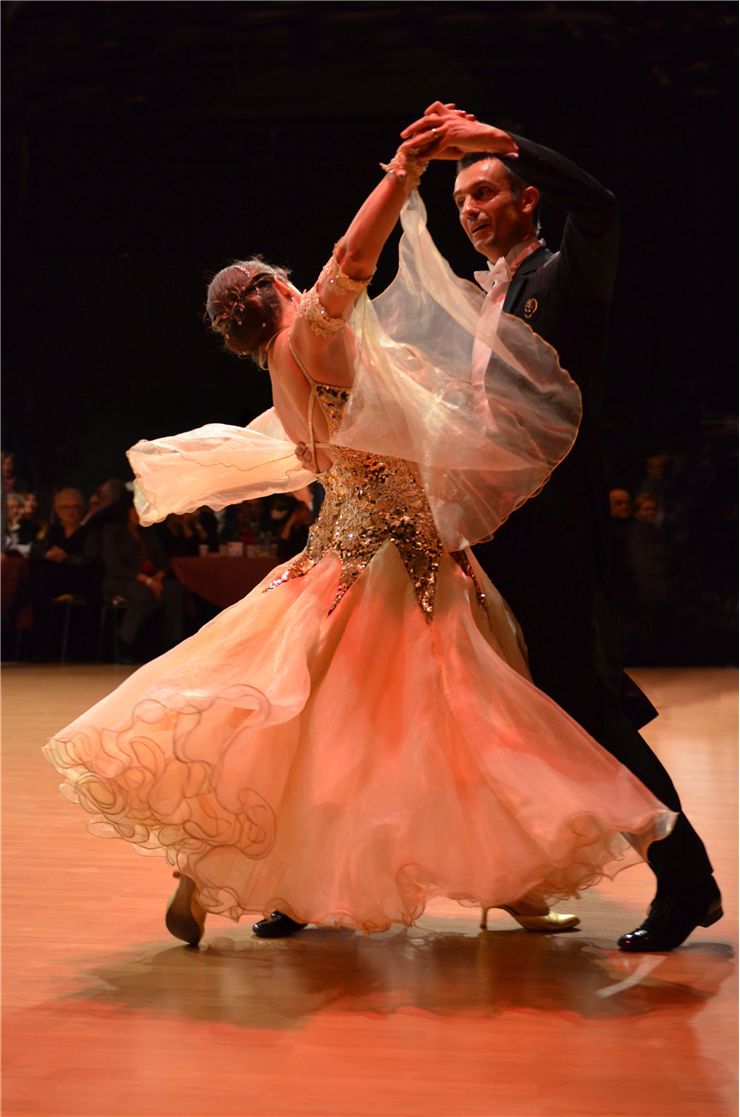History of Waltz Dance
History of ballroom dance is filled with important dances and moments when new styles totally transformed dancing fashion and enabled total transformation of the popular dance culture. One of the most influential dances that managed to do just that is waltz, that was first danced in location of modern Germany and Austria between 13th and 18th century, before managing to reach modern ballrooms where it revolutionized dance fashion and becoming one of the most popular dances on planet Earth.
The original form of Waltz was first used by 13th century peasants in Germany, who devised rolling folk dance that was quite different from all court dances that were popular in that time. Their folk dance filled with rolls, glides and turns was received well, and by 1500s it reached Volta where it was adapted with styles of other local dances. By the end of 16th century people of Vienna embraced Waltz and morphed it into dance called Weller, and France used form called Nizzarda.

Modern form of Waltz was born in suburbs of Vienna and mountain regions of Austria, and was created not for use by folk dancers, but for court. Before that time, all court dances were rigid, stately, solemn, procession-based, very tightly controlled, with complicated moves and timings. Waltz changed that with the introduction of free form dance with close position of dances, which immediately sparked revolt and scandals from traditional lovers of old ballroom dance. After 18th century came, France become in love with the Waltz form called allemande, dance in which dances were separated one from another. However, this soon changed when popularity of ¾ timed Waltz became overwhelming, setting it as a standard and spreading its influence all over the Europe. One of the major causes for the popularity rise of ¾ time waltz was phenomenal music creations of Johann Strauss and Franz Lanner. Their waltz music echoed through the halls of Vienna, Austria and Germany, spreading all across Europe and destroying the sentiment that this dance was immoral and scandalous. United States accepted waltz during mid-19th century, and by early 20th century it became dances everywhere.
During the time of First World War, waltz dance routines become much more relaxed, with dancers dancing much closer to each other than before. Sadly, newborn craze of Foxtrot almost completely destroyed the popularity of Waltz after the end of WW1, especially in United States where it was completely overshadowed by other dances after 1921.
During its long history, waltz was danced in many styles and variations. Here are some of the most popular:
- Contemporary ballroom dance, aka Viennese Waltz
- International Standard Waltz
- American Style Waltz
- The Scandinavian Waltz
- The Mexican Waltz
- The Valse Musette
- The cross-step waltz (French Valse Boston)
- The Cajun Waltz
